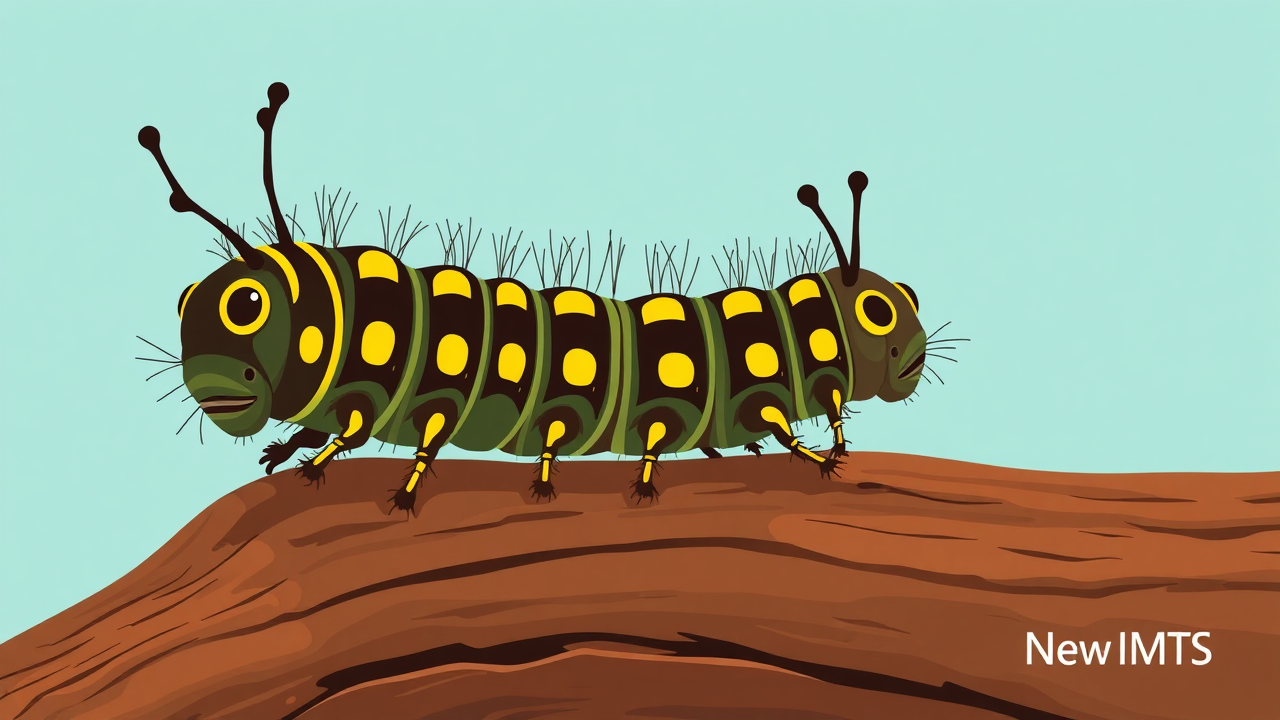 NewsIMTS
NewsIMTSScientists have identified several poisonous caterpillars that pose serious health risks worldwide. The Lonomia obliqua from South America tops the list as the most dangerous, causing potentially fatal internal bleeding. The Puss caterpillar, common in southern US states, causes excruciating pain and sometimes requires emergency treatment. Pine Processionary caterpillars in Mediterranean Europe release irritating hairs that cause severe dermatitis and respiratory problems. Other dangerous species include the Saddleback caterpillar, Bag-shelter caterpillar, Io Moth caterpillar, Hag Moth caterpillar, Cinnabar Moth caterpillar, and White-marked Tussock Moth caterpillar. These caterpillars use venomous spines or toxic compounds as defense mechanisms. Symptoms of contact range from painful rashes to systemic reactions. Experts advise nature enthusiasts to learn to identify these species to avoid accidental contact, especially in areas like Florida and Texas where several dangerous species are found. (Updated 1 Nov 2025, 16:39 IST; source: link)
The Deadly Lonomia: South America's Most Dangerous Caterpillar
The Lonomia obliqua from South America ranks as the world's most poisonous caterpillar. Its venom contains powerful anticoagulants that prevent blood from clotting. When someone touches its spines, the venom enters the bloodstream and can cause internal bleeding throughout the body. In severe cases, this leads to kidney failure, brain hemorrhage, and even death if not treated quickly. Scientists have developed an antivenom specifically for Lonomia stings, but in remote areas where medical help is far away, encounters can be fatal. These caterpillars often gather in groups on tree trunks, increasing the risk of multiple stings if someone leans against them.
Common Yet Dangerous: The Puss Caterpillar
The Puss caterpillar, found commonly in southern United States, looks harmless with its soft, furry appearance, but hides venomous spines beneath its hair-like covering. When touched, these spines break off and inject venom that causes immediate, intense pain described as worse than a bee sting or broken bone. Victims often experience swelling, nausea, headaches, and in severe cases, difficulty breathing or chest pain requiring emergency medical care. The pain can last for days, and some people develop a rash that spreads beyond the contact site. These caterpillars are especially dangerous because their cute appearance makes them attractive to curious children who might want to touch them.
Key Points
- Scientists have identified several poisonous caterpillars that pose serious health risks worldwide.
- The Lonomia obliqua from South America tops the list as the most dangerous, causing potentially fatal internal bleeding.
- The Puss caterpillar, common in southern US states, causes excruciating pain and sometimes requires emergency treatment.
